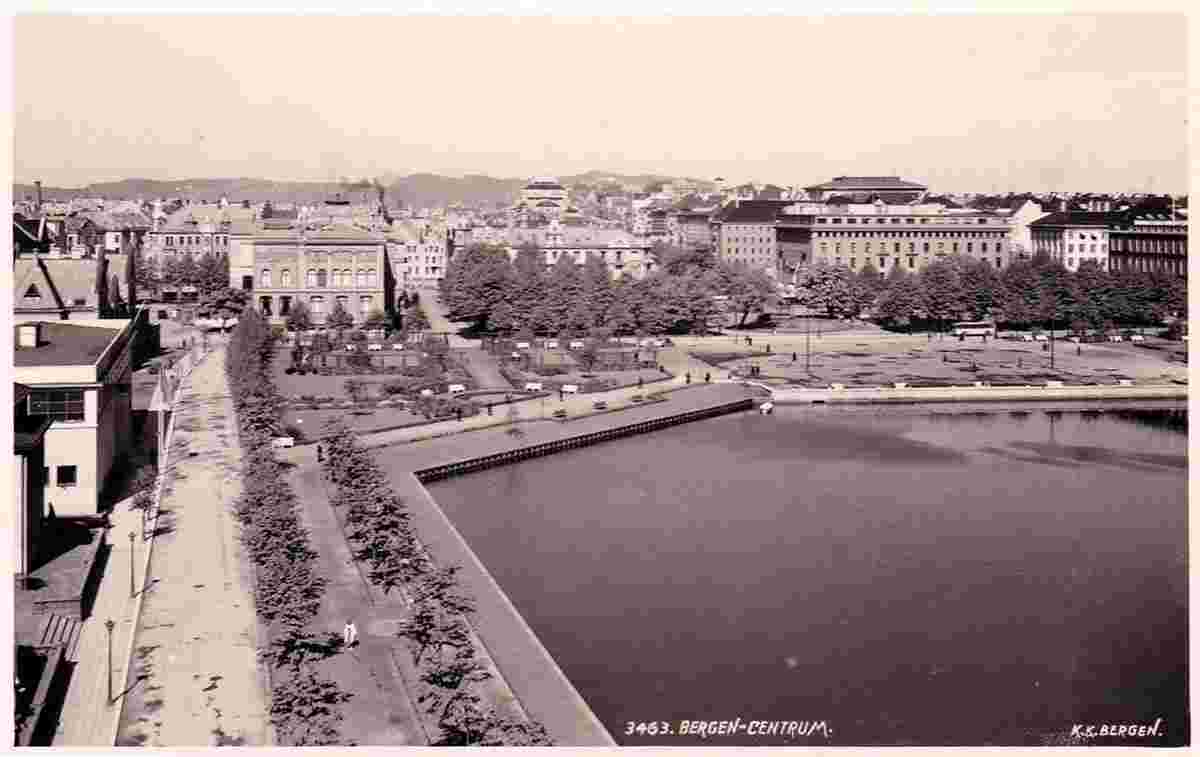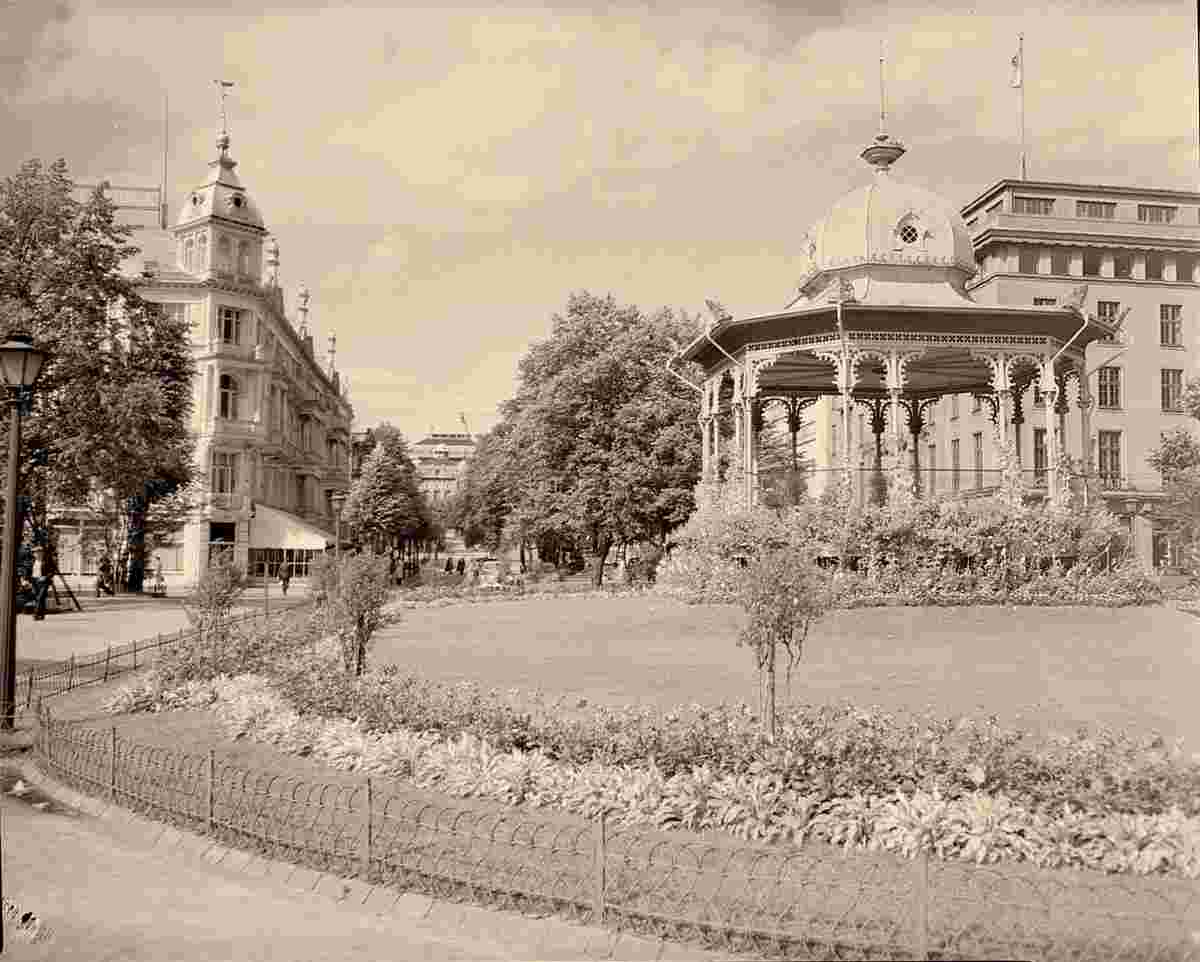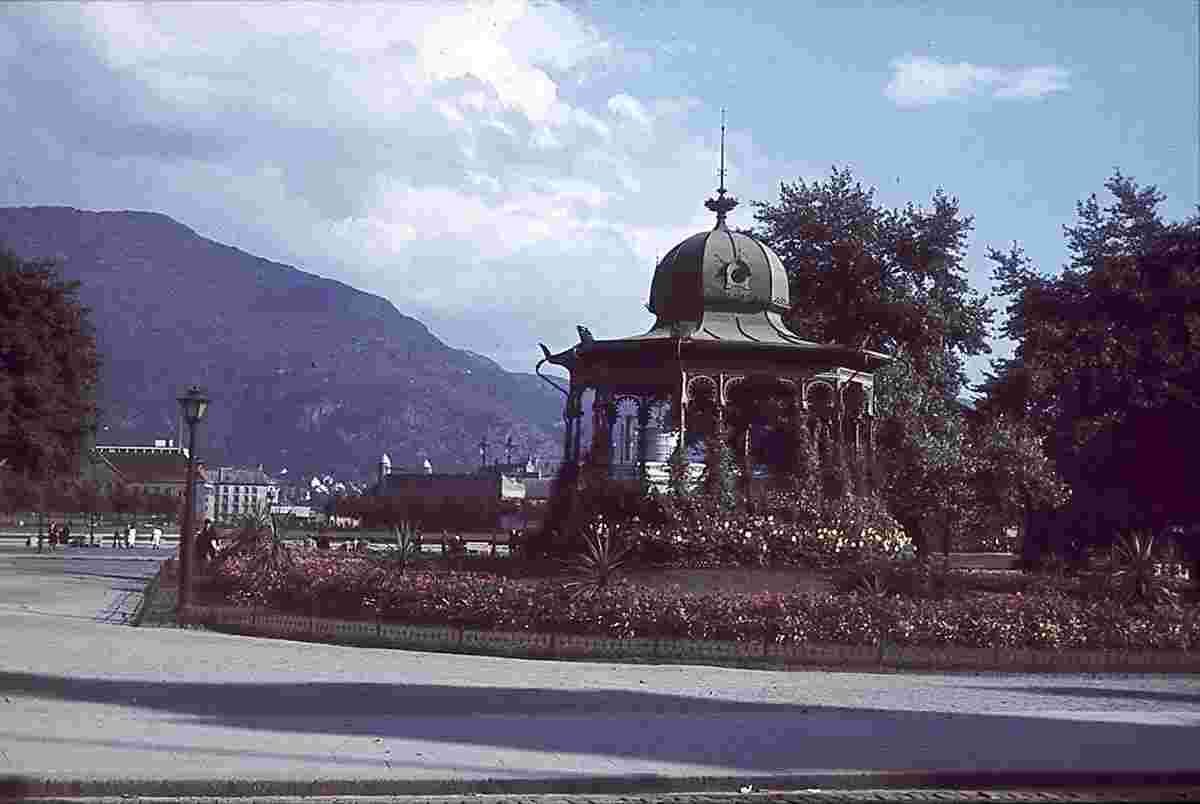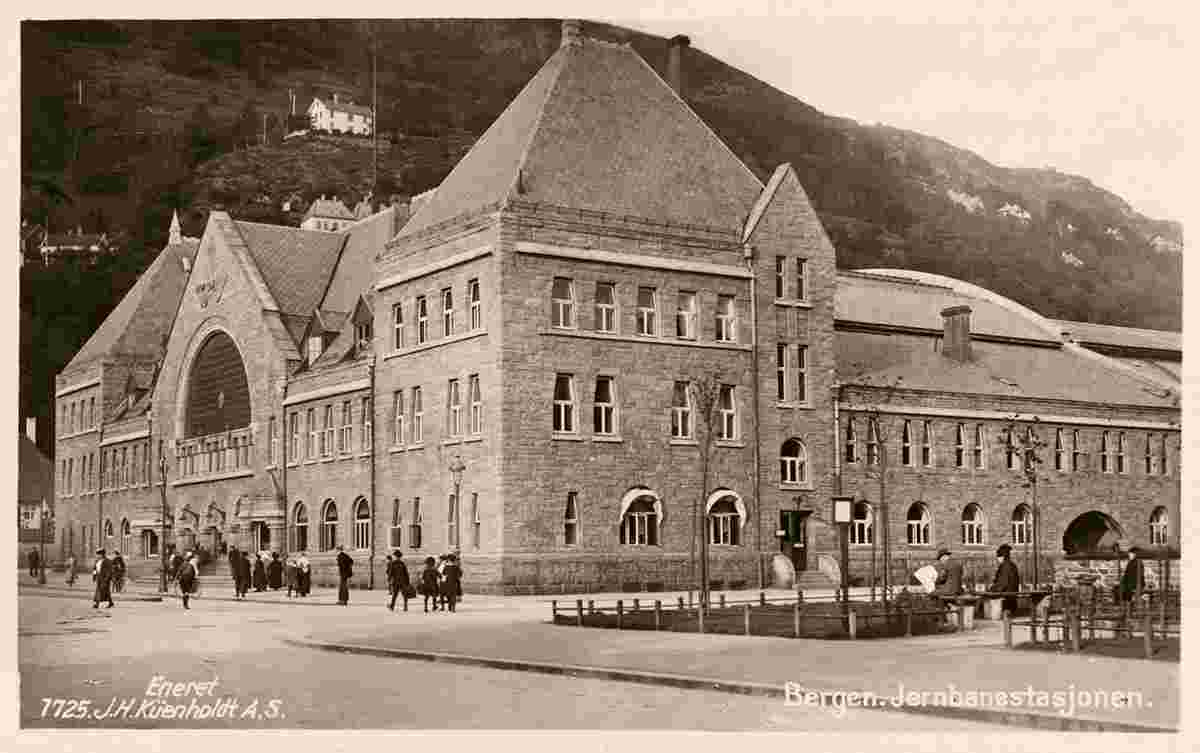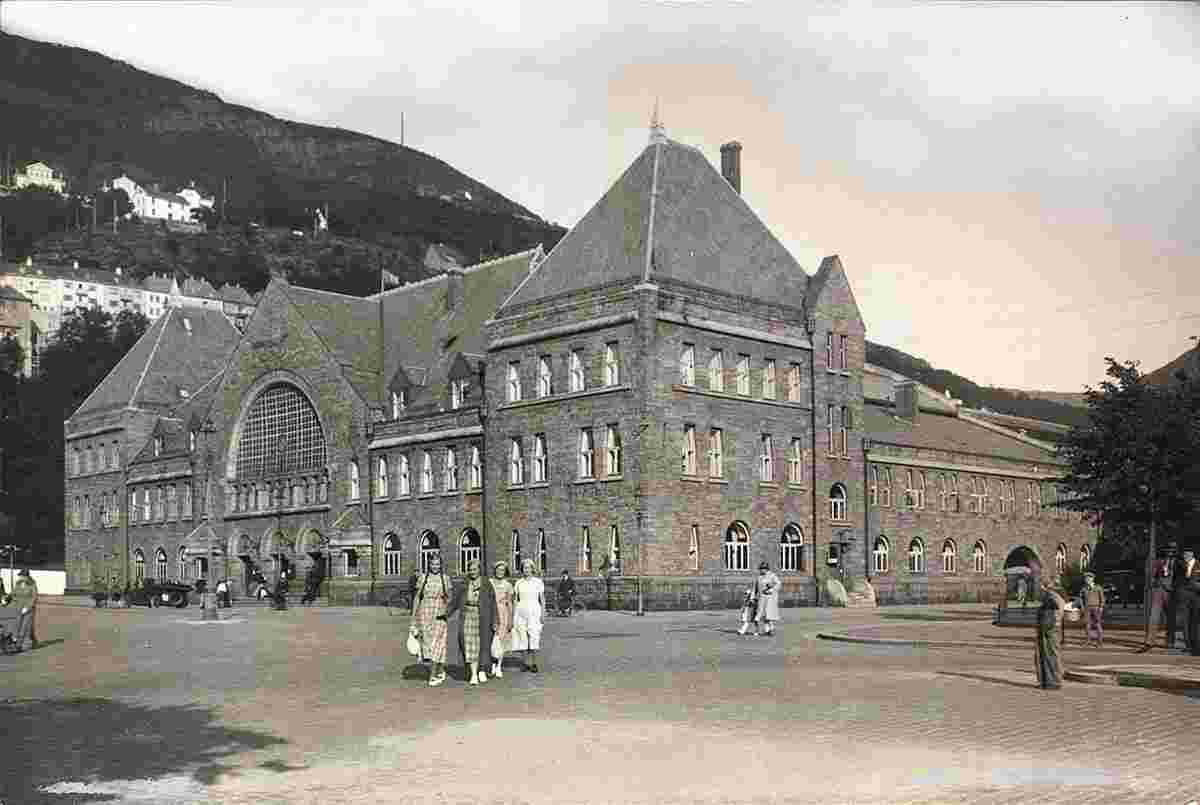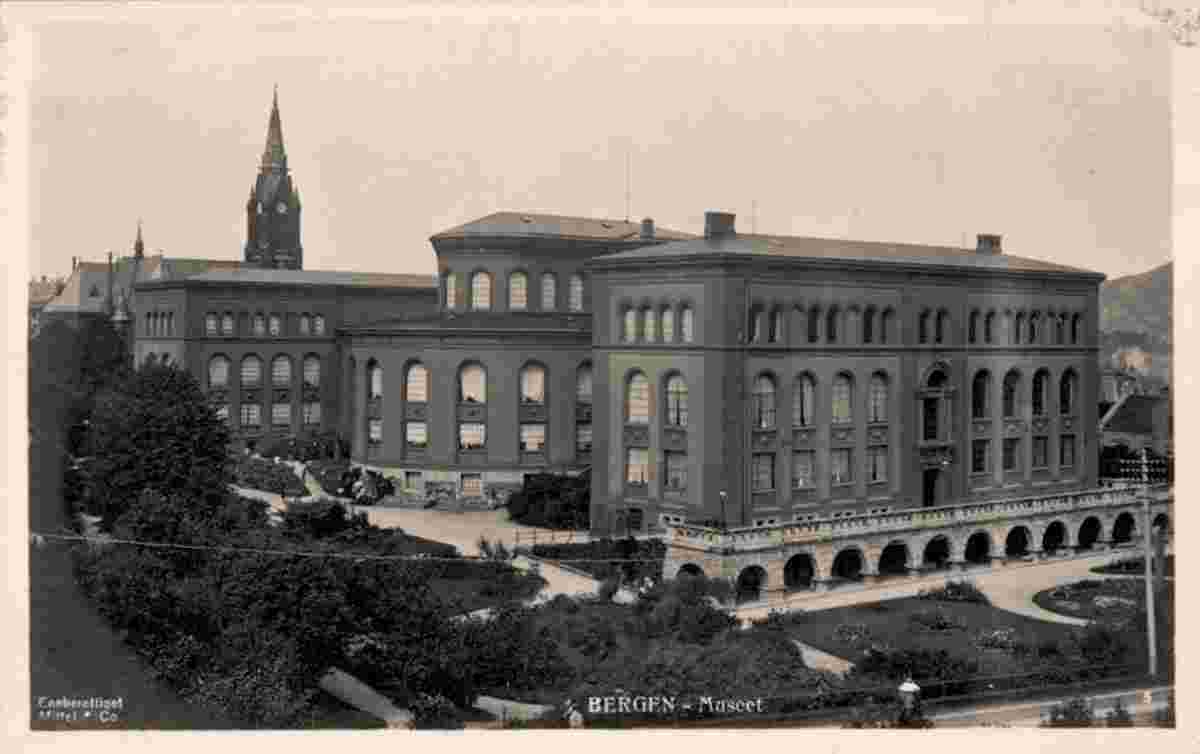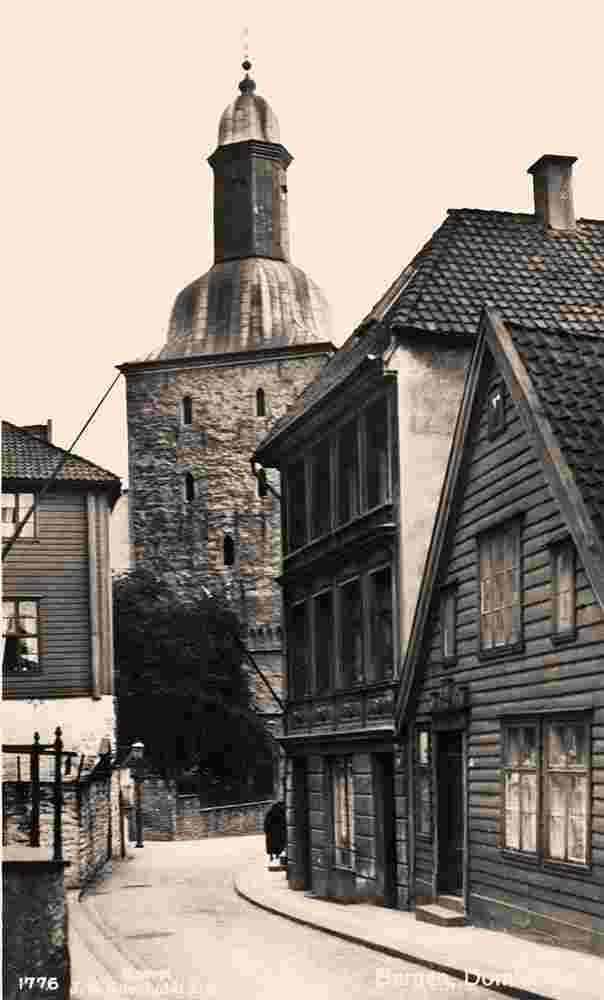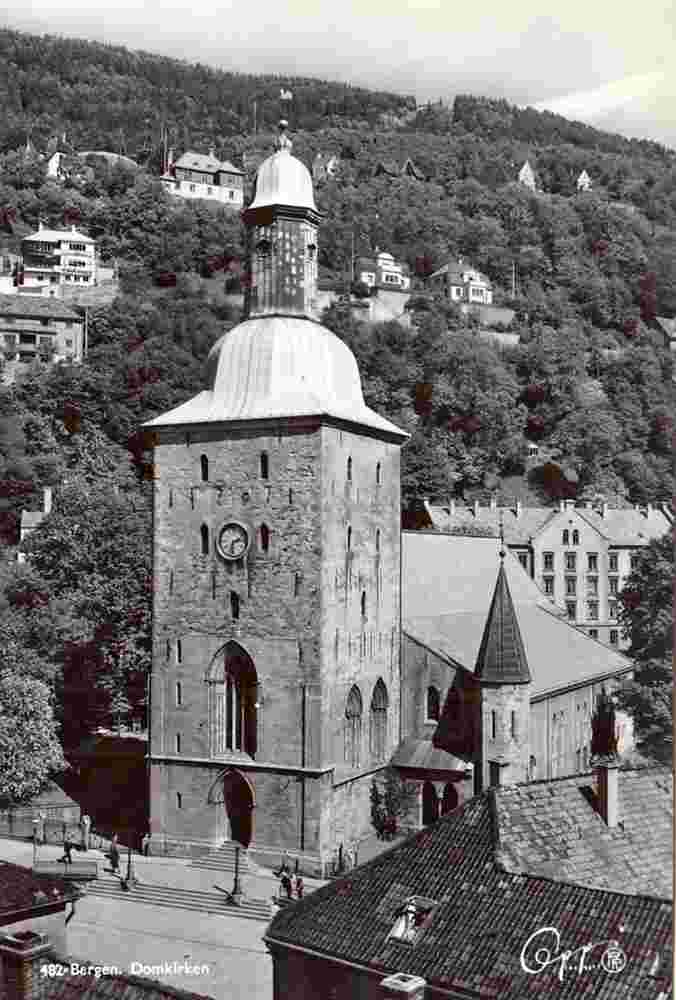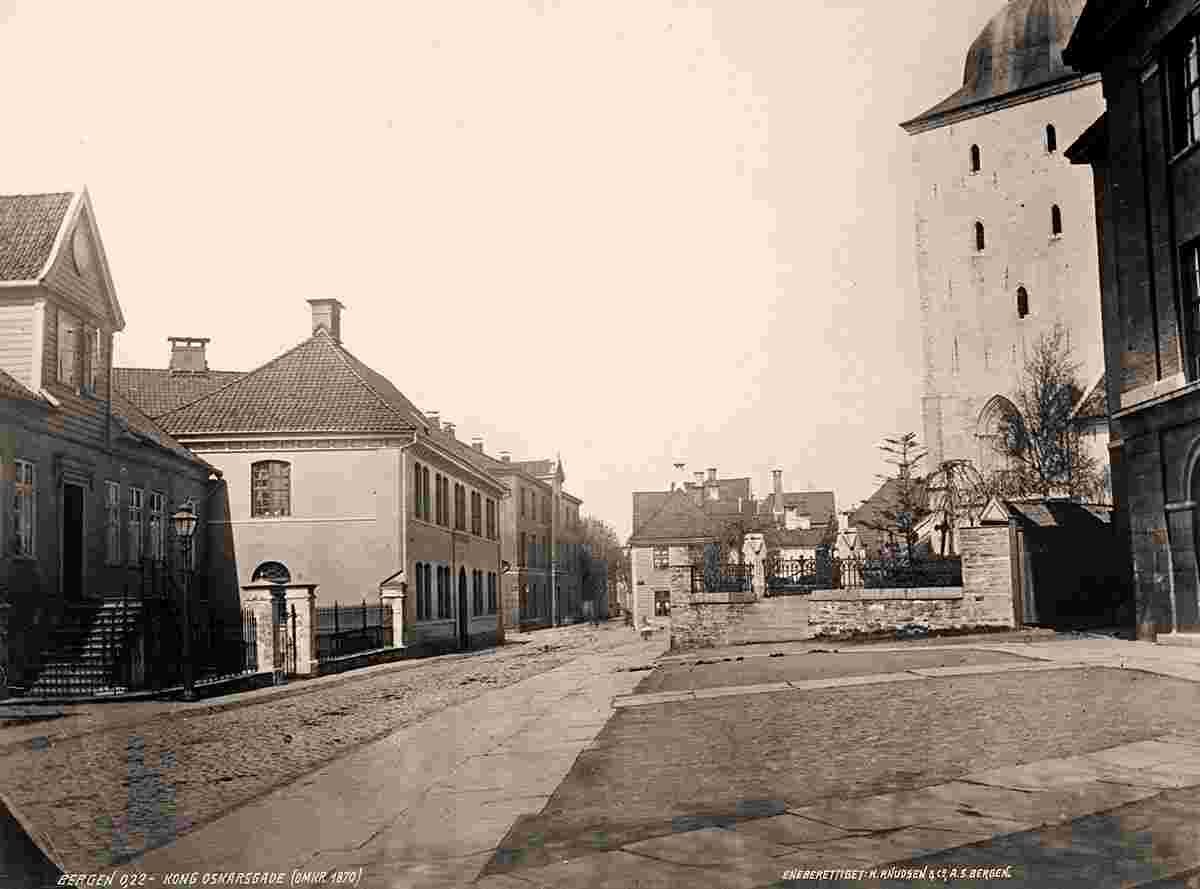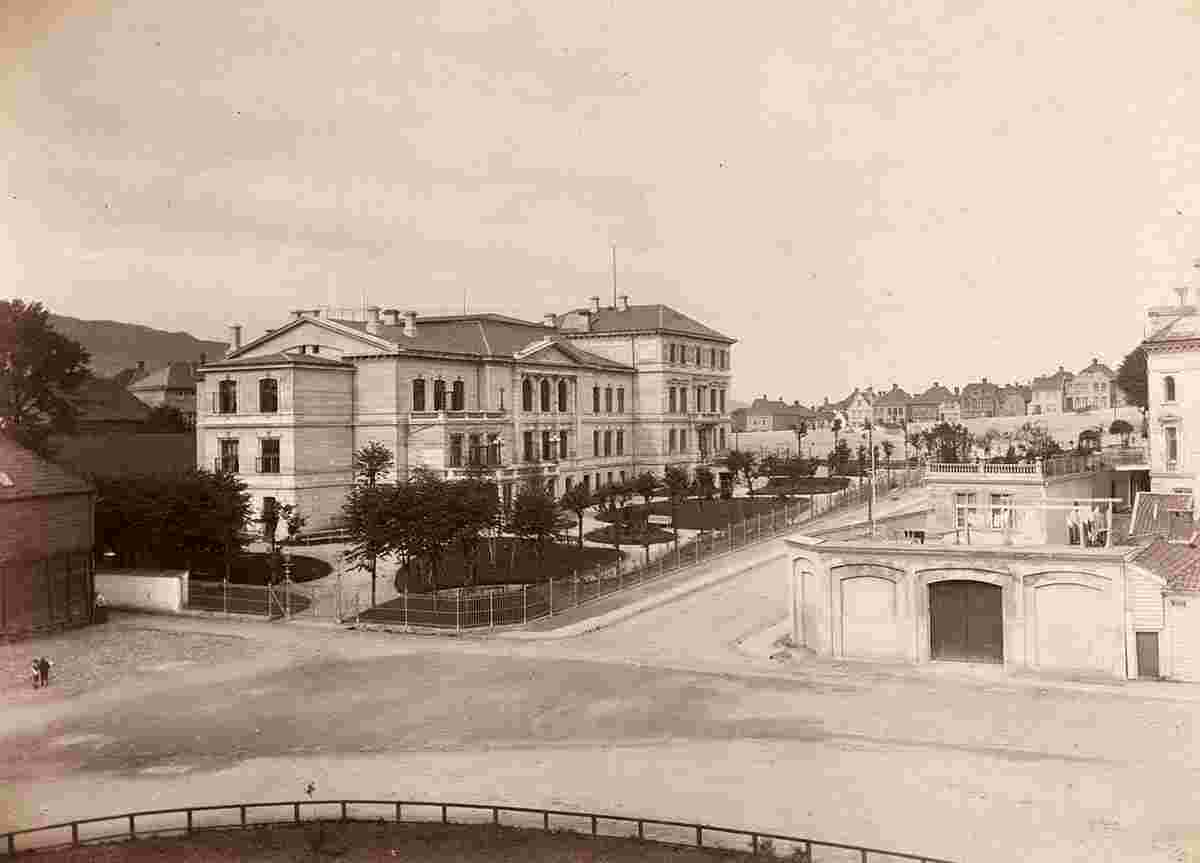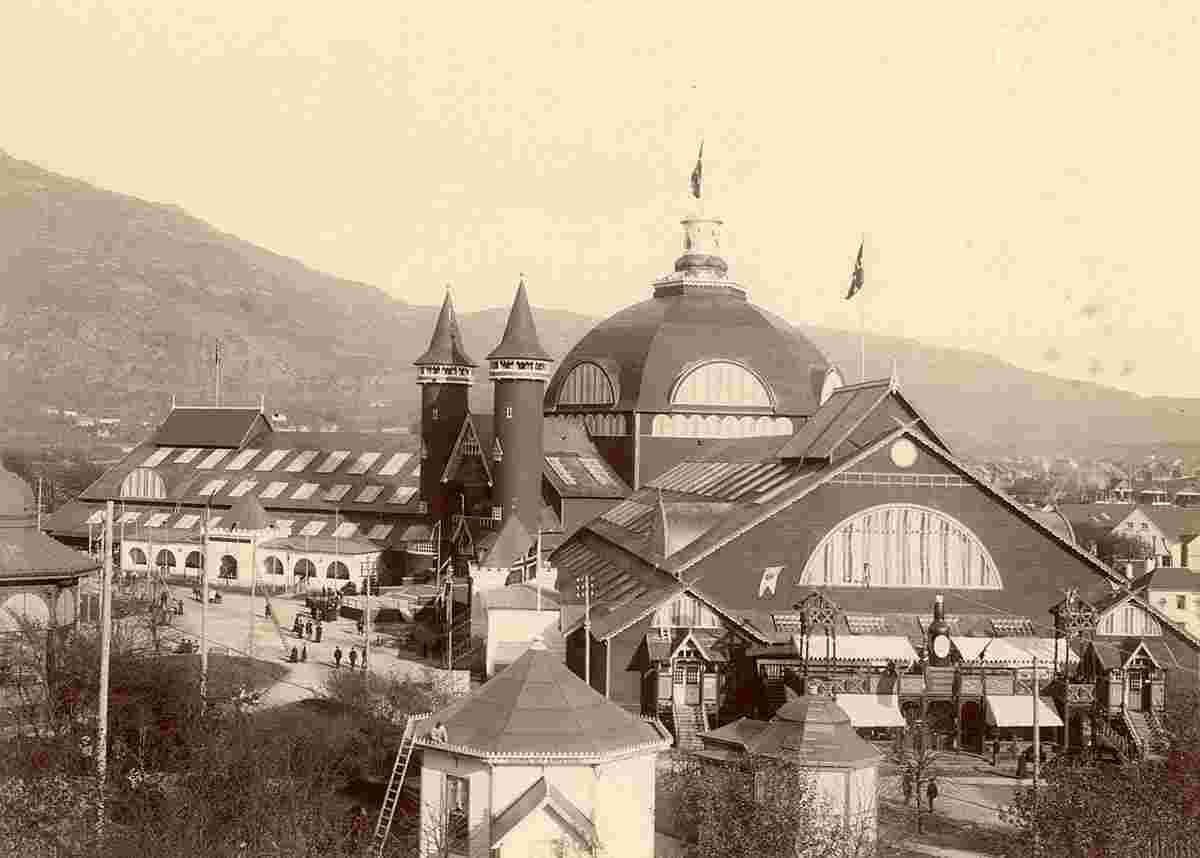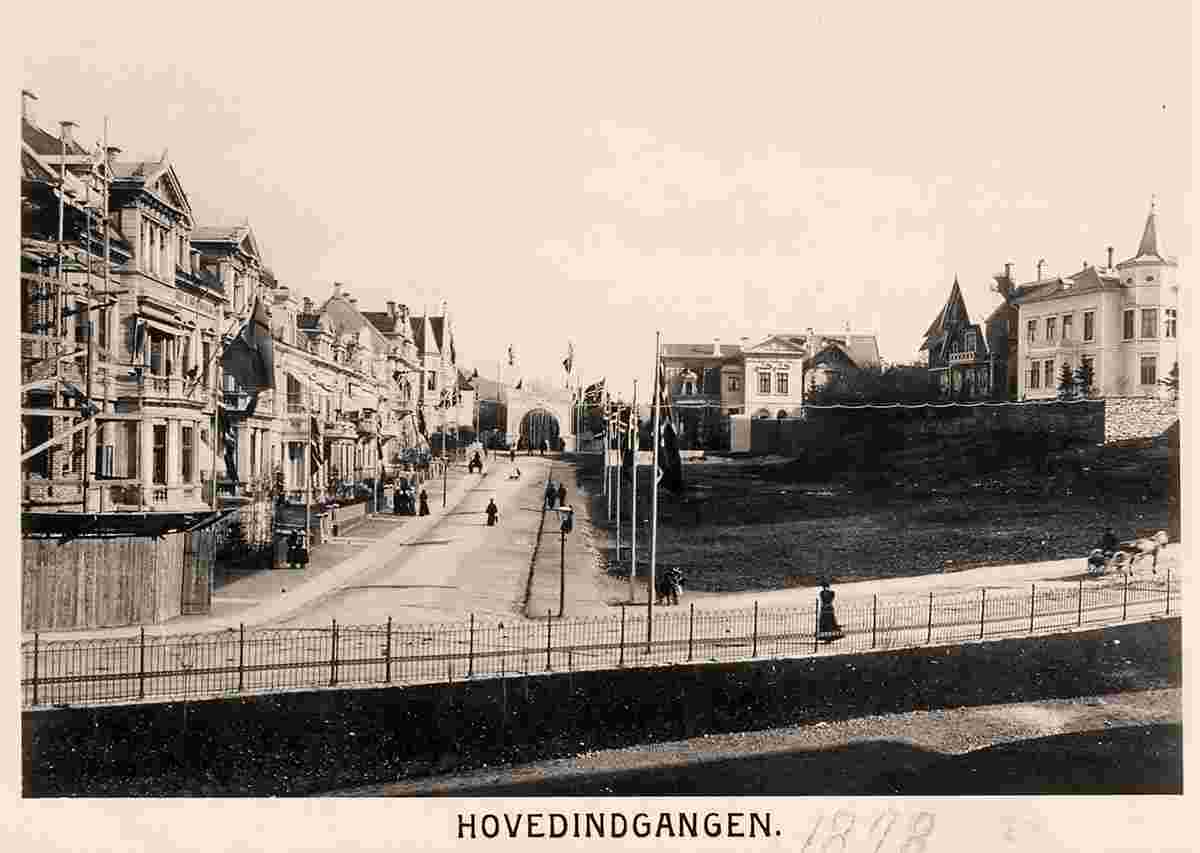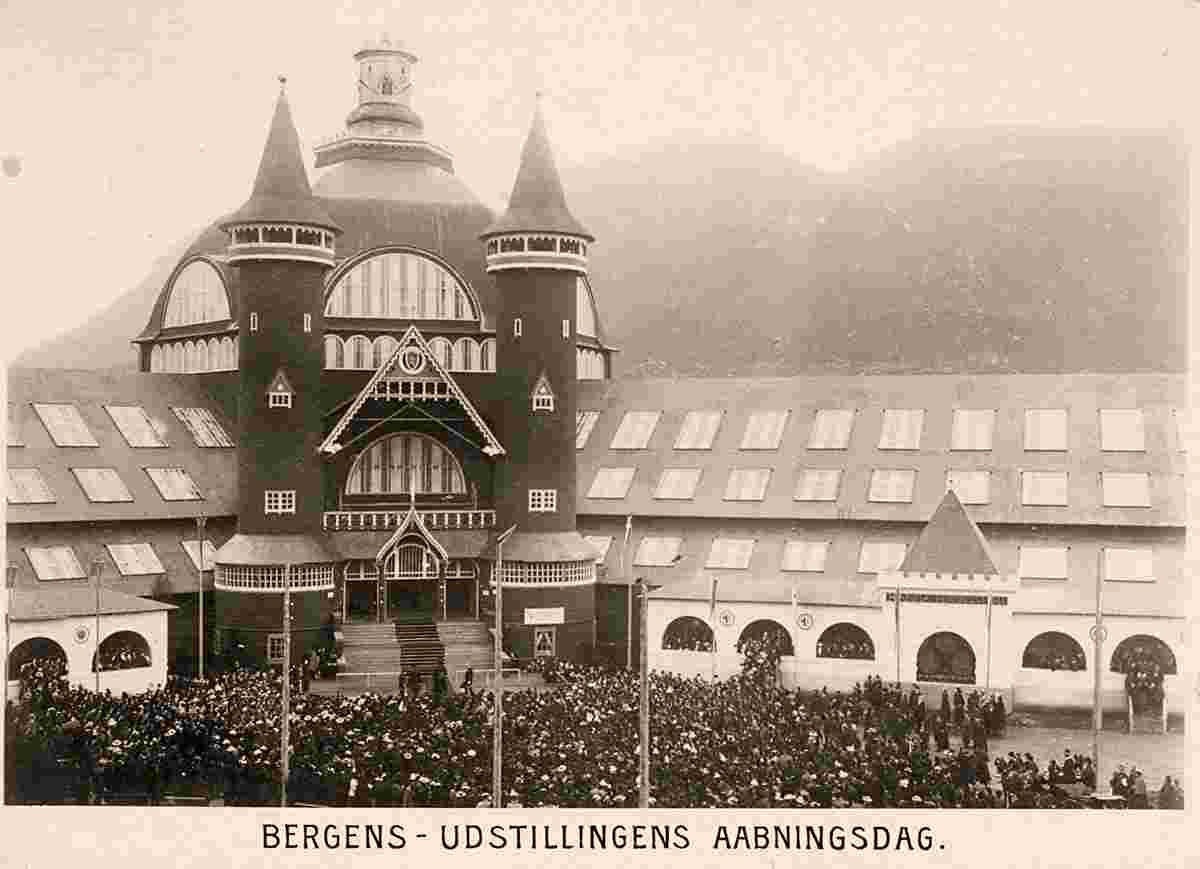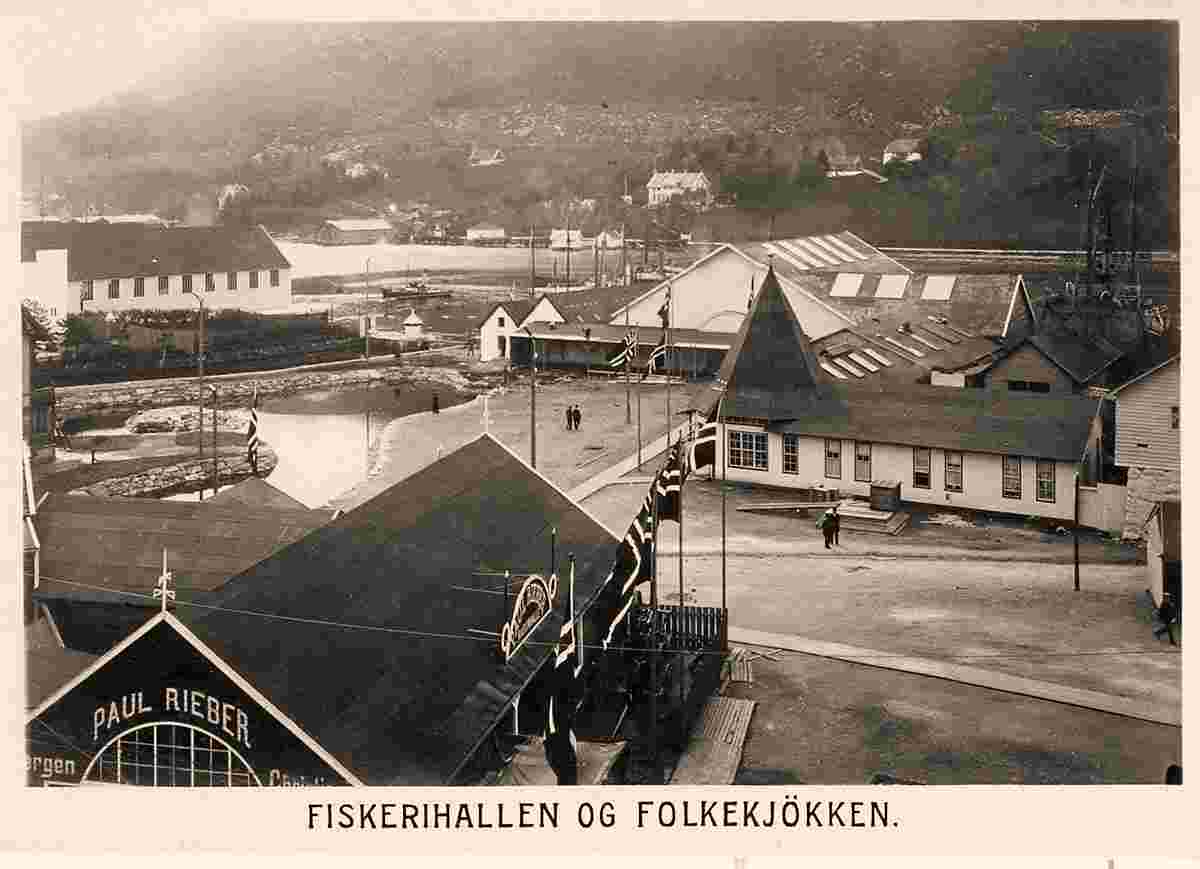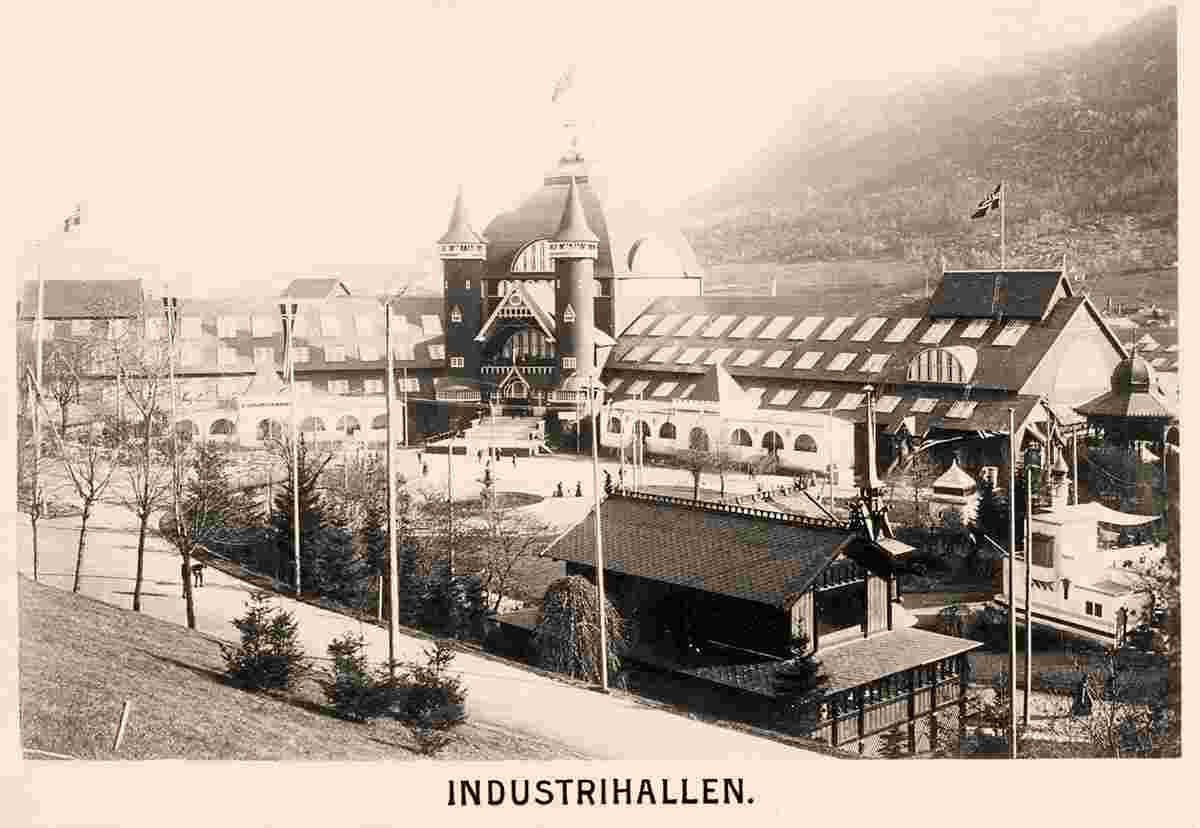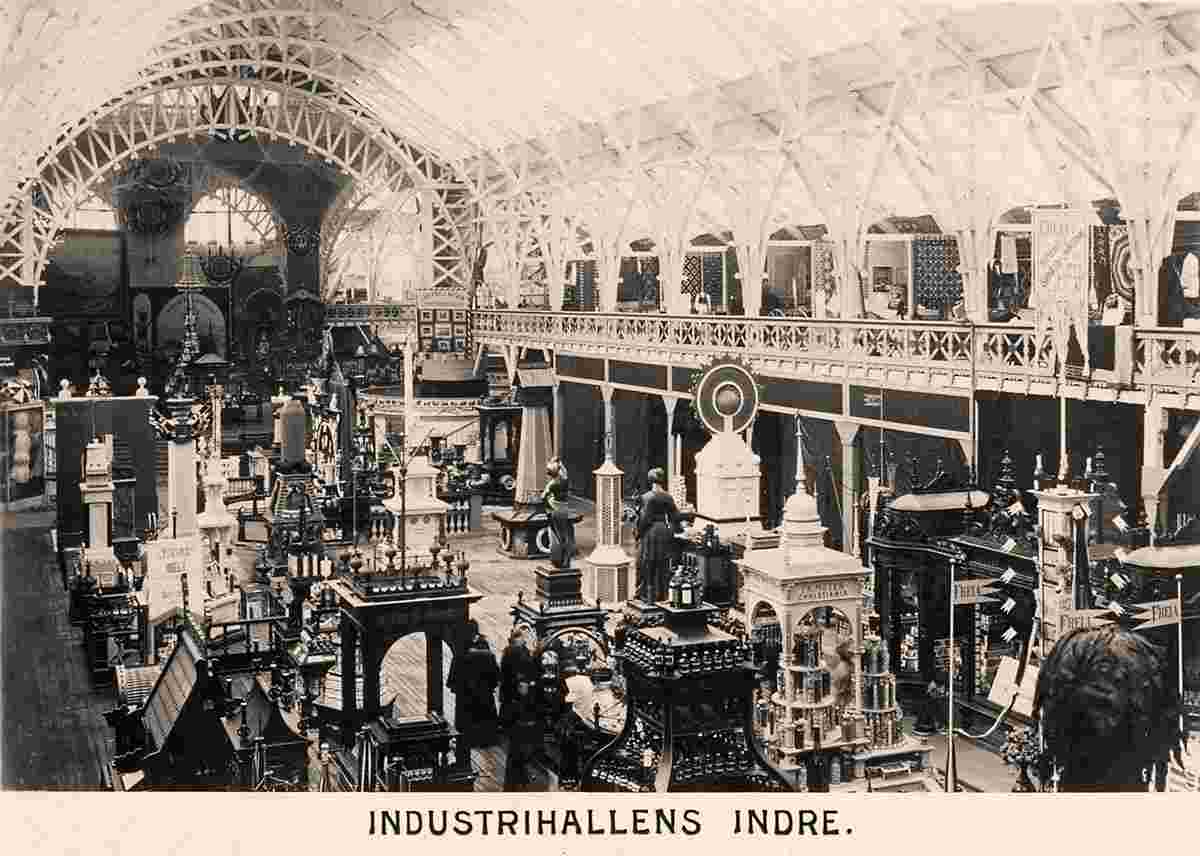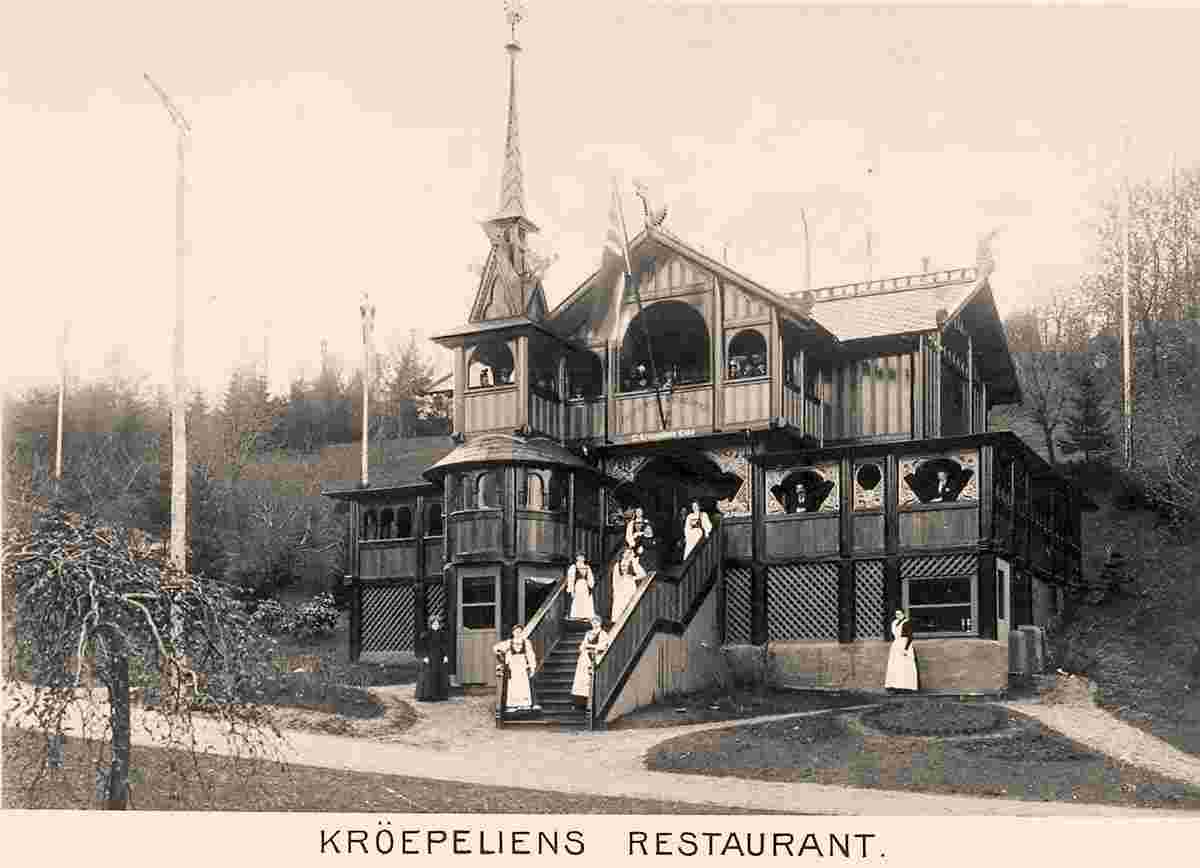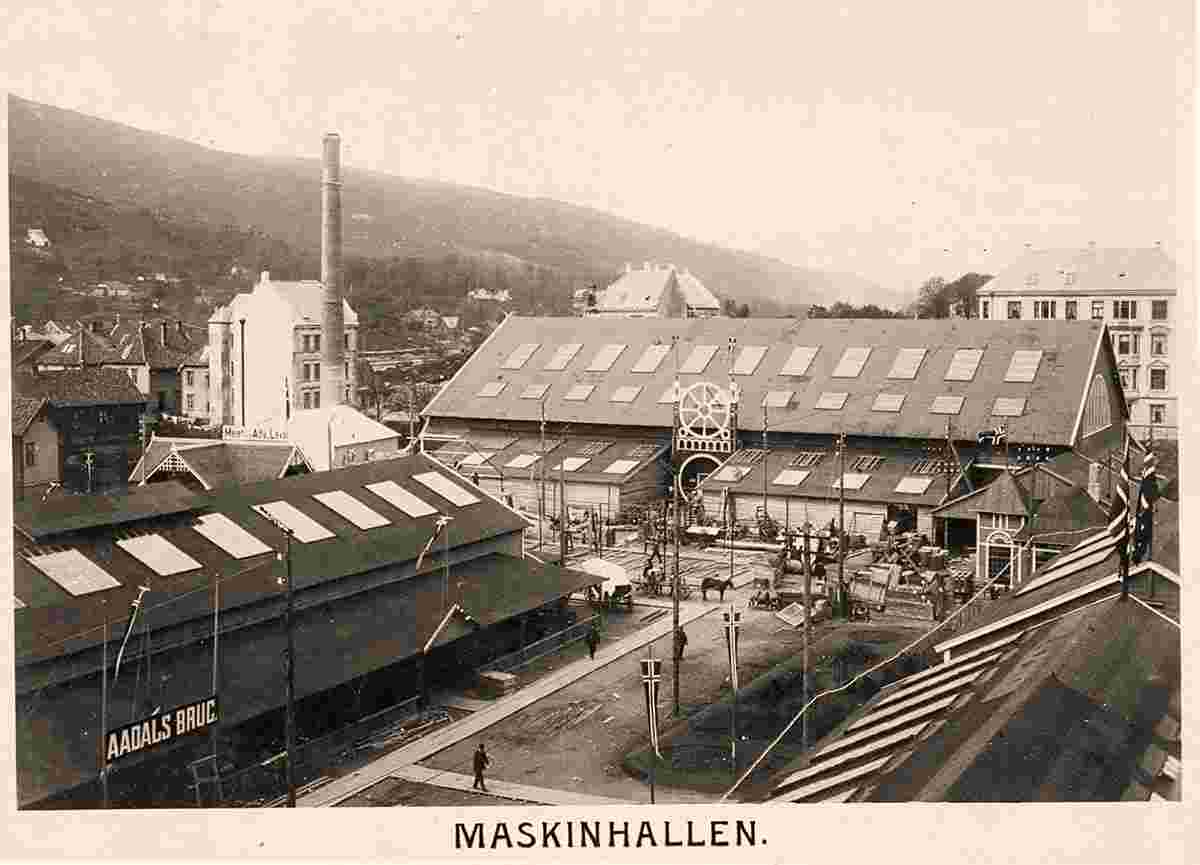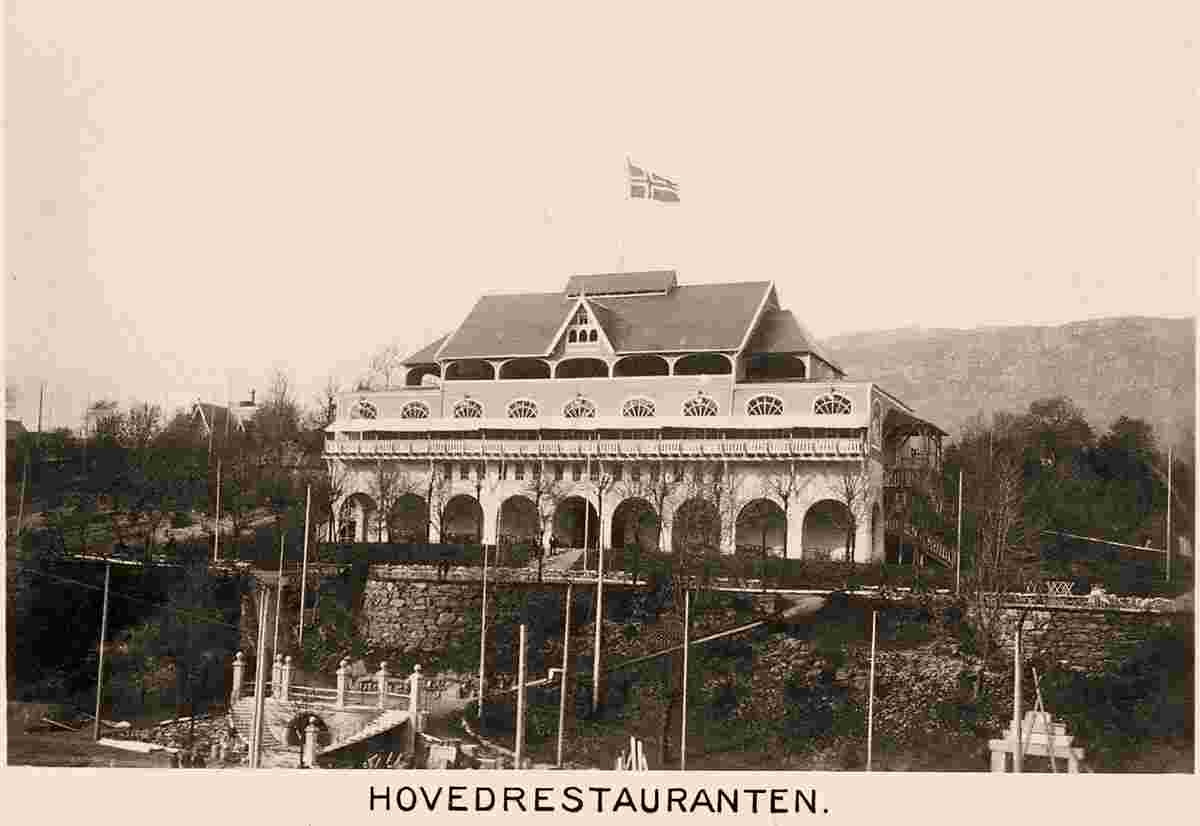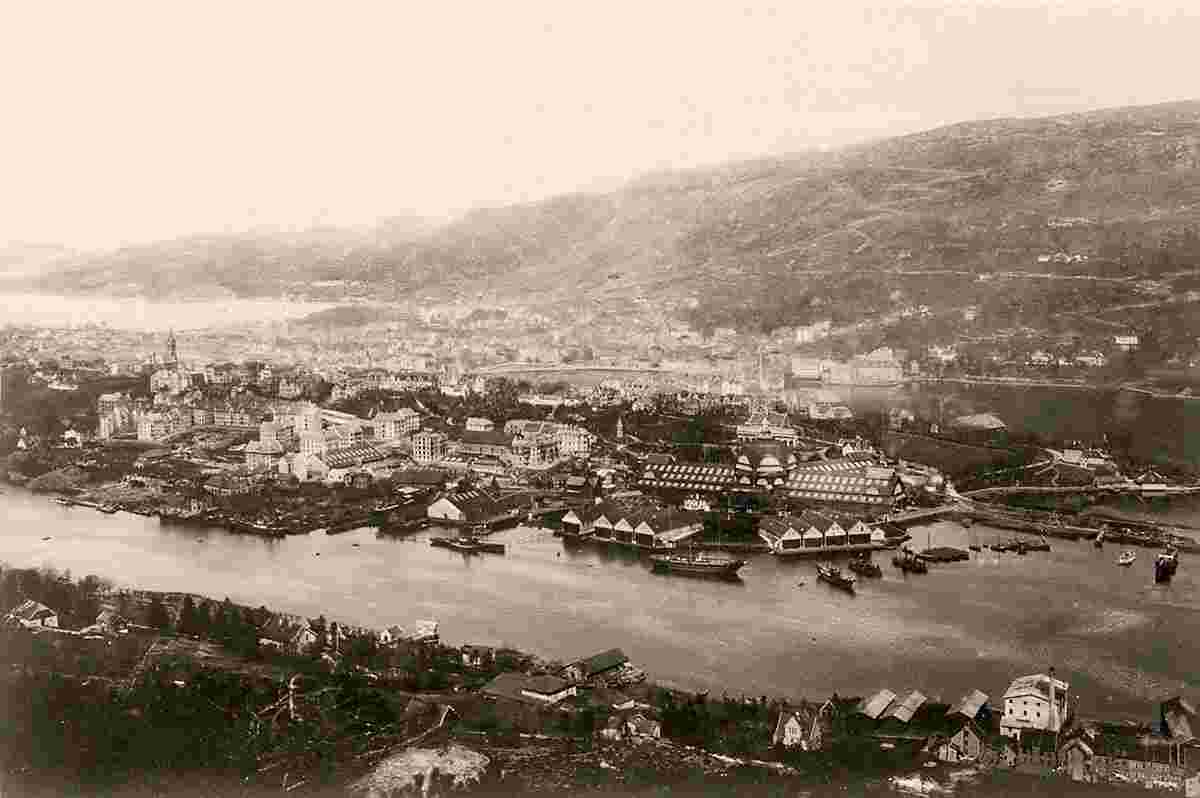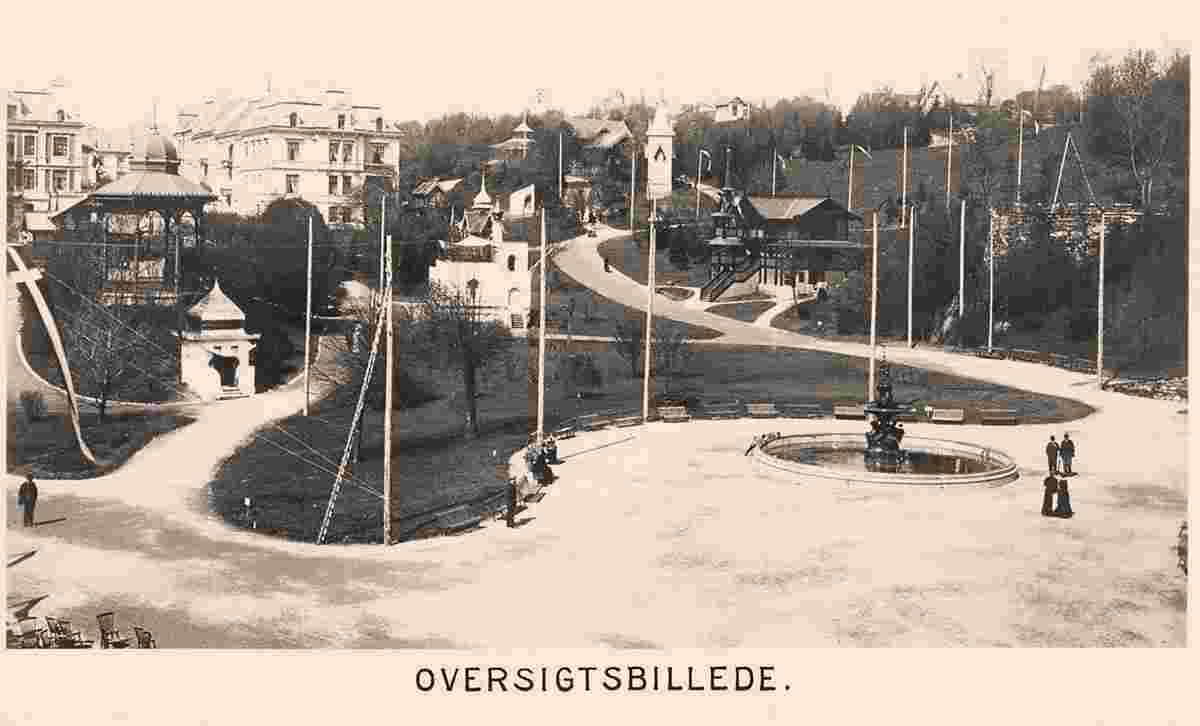Historical and old photos of Bergen, Hordaland
HistoryThe city of Bergen was traditionally thought to have been founded by king Olav Kyrre, son of Harald Hardråde in 1070 AD, four years after the Viking Age in England ended with the Battle of Stamford Bridge. Modern research has, however, discovered that a trading settlement had already been established in the 1020s or 1030s. Bergen gradually assumed the function of capital of Norway in the early 13th century, as the first city where a rudimentary central administration was established. The city's cathedral was the site of the first royal coronation in Norway in the 1150s, and continued to host royal coronations throughout the 13th century. Bergenhus fortress dates from the 1240s and guards the entrance to the harbour in Bergen. The functions of the capital city were lost to Oslo during the reign of King Haakon V (1299-1319). In the middle of the 14th century, North German merchants, who had already been present in substantial numbers since the 13th century, founded one of the four Kontore of the Hanseatic League at Bryggen in Bergen. The principal export traded from Bergen was dried cod from the northern Norwegian coast, which started around 1100. The city was granted a monopoly for trade from the north of Norway by King Håkon Håkonsson (1217-1263). Stockfish was the main reason that the city became one of North Europe's largest centres for trade. By the late 14th century, Bergen had established itself as the centre of the trade in Norway. The Hanseatic merchants lived in their own separate quarter of the town, where Middle Low German was used, enjoying exclusive rights to trade with the northern fishermen who each summer sailed to Bergen. Today, Bergen's old quayside, Bryggen, is on UNESCO's list of World Heritage Sites. In 1349, the Black Death was brought to Norway by an English ship arriving in Bergen. Later outbreaks occurred in 1618, 1629 and 1637, on each occasion taking about 3,000 lives. In the 15th century, the city was attacked several times by the Victual Brothers, and in 1429 they succeeded in burning the royal castle and much of the city. In 1665, the city's harbour was the site of the Battle of Vågen, when an English naval flotilla attacked a Dutch merchant and treasure fleet supported by the city's garrison. Accidental fires sometimes got out of control, and one in 1702 reduced most of the town to ashes. Throughout the 15th and 16th centuries, Bergen remained one of the largest cities in Scandinavia, and it was Norway's biggest city until the 1830s, when the capital city of Oslo became the largest. From around 1600, the Hanseatic dominance of the city's trade gradually declined in favour of Norwegian merchants (often of Hanseatic ancestry), and in the 1750s, the Hanseatic Kontor finally closed. Bergen retained its monopoly of trade with northern Norway until 1789. The Bergen stock exchange, the Bergen børs, was established in 1813. Modern historyBergen was separated from Hordaland as a county of its own in 1831. It was established as a municipality on 1 January 1838 (see formannskapsdistrikt). The rural municipality of Bergen landdistrikt was merged with Bergen on 1 January 1877. The rural municipality of Årstad was merged with Bergen on 1 July 1915. During World War II, Bergen was occupied on the first day of the German invasion on 9 April 1940, after a brief fight between German ships and the Norwegian coastal artillery. The Norwegian resistance movement groups in Bergen were Saborg, Milorg, "Theta-gruppen", Sivorg, Stein-organisasjonen and the Communist Party. On 20 April 1944, during the German occupation, the Dutch cargo ship Voorbode anchored off the Bergenhus Fortress, loaded with over 120 tons of explosives, and blew up, killing at least 150 people and damaging historic buildings. The city was subject to some Allied bombing raids, aimed at German naval installations in the harbour. Some of these caused Norwegian civilian casualties numbering about 100. Bergen is also well known in Norway for the Isdal Woman (Norwegian: Isdalskvinnen), an unidentified person who was found dead at Isdalen (“Ice Valley”) on 29 November 1970. The unsolved case encouraged international speculation over the years and it remains one of the most profound mysteries in recent Norwegian history. The rural municipalities of Arna, Fana, Laksevåg, and Åsane were merged with Bergen on 1 January 1972. The city lost its status as a separate county on the same date, and Bergen is now a municipality, in the county of Vestland. FiresThe city's history is marked by numerous great fires. In 1198, the Bagler faction set fire to the city in connection with a battle against the Birkebeiner faction during the civil war. In 1248, Holmen and Sverresborg burned, and 11 churches were destroyed. In 1413 another fire struck the city, and 14 churches were destroyed. In 1428 the city was plundered by the Victual Brothers, and in 1455, Hanseatic merchants were responsible for burning down Munkeliv Abbey. In 1476, Bryggen burned down in a fire started by a drunk trader. In 1582, another fire hit the city centre and Strandsiden. In 1675, 105 buildings burned down in Øvregaten. In 1686 another great fire hit Strandsiden, destroying 231 city blocks and 218 boathouses. The greatest fire in history was in 1702, when 90% of the city was burned to ashes. In 1751, there was a great fire at Vågsbunnen. In 1756, yet another fire at Strandsiden burned down 1,500 buildings, and further great fires hit Strandsiden in 1771 and 1901. In 1916, 300 buildings burned down in the city centre, and in 1955 parts of Bryggen burned down. Origin: en.wikipedia.org | ||||||||||||
 |
Historical and old photos of Bergen, Hordaland
Historiske og gamle bilder av Bergen, Hordaland |
| Main page • Countries of Europa • Cities of Norway |
| Robinson Rd, CB 13862 Nassau, NP, The Bahamas |
 •
• 

